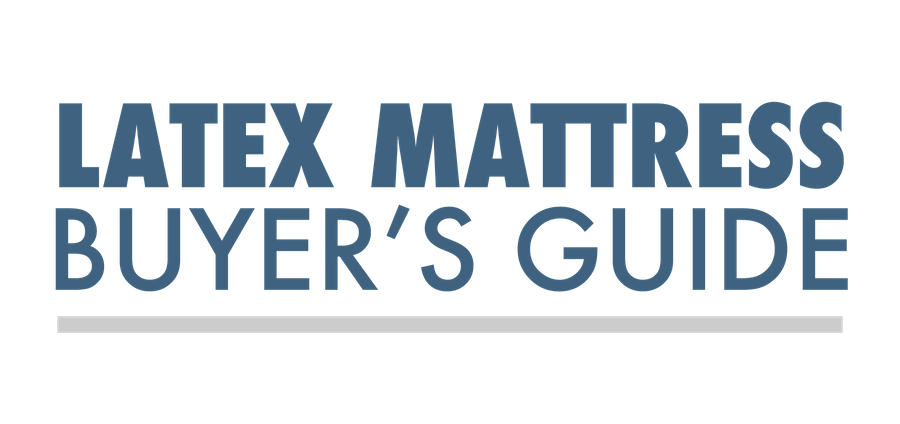Marketing Missteps Lead To Confusion
There is a great deal of confusion which exists about how manufacturers produce latex.
There is a great deal of confusion which exists about how manufacturers produce latex. The mystery comes from the labels, names, and terms continually being misused to the latex content or the process used to manufacture the latex. We have provided examples to assist with explaining the different terms.
Example One
Advertisements that read…”100% Talalay Latex”… Talalay is the process not a type of latex
This term really muddies the water for the average consumer. Talalay is the manufacturing process. It is not a “type” of latex. Using a percentage in front of the word “Talalay” latex sends a message to the average person that this is a type of latex or a particular brand. Talalay and Dunlop refer to HOW the latex is processed, not WHAT KIND of latex is in the core.
Example Two
Advertisements that read… “all the mattresses we sell contain 100% natural latex”… ALL latex mattresses contain 100% natural latex BUT the entire mattress core IS NOT 100% Natural
In this statement it is easy to confuse the word “contain” with “are” when put into context. Here is an example of how it may be seen. “All the mattresses we sell contain 100% natural latex, which is superior to synthetic petrochemical produced latex”. The truth is every latex manufacturer puts at least 10% natural latex into their blend of latex therefore ALL latex mattresses contain 100% natural latex, but the entire mattress core is not 100% natural as you might be lead to believe.
This play on words leads the consumer to draw an INCORRECT conclusion about the product they THINK they are buying.
Example Three
Advertisements that read… “it’s a little known fact that about 93% of latex used in the manufacturer of so-called latex beds is made using synthetic latex made from petroleum products”
It is not a little-known fact. Everybody in manufacturing and anyone who does research knows that synthetic latex is blended with a percentage of natural to produce the best latex mattress cores. The main reason for blending is to ensure a more uniform mattress to overcome some of the shortcomings of an all natural product. There are a multitude of latex manufacturers in the world and they run the gamit as far as production facilities and technology, which means the end products are not all of the same quality, even though they are natural.. And please, these are not “so-called” latex beds, they are latex beds.
Example Four
Advertisements that read… “it’s a little-known fact that about 93% of latex used in the manufacturer of so-called latex beds is made using synthetic latex made from petroleum products”
It is not a little known fact. Everybody in manufacturing and anyone who does research knows that synthetic latex is blended with a percentage of natural to produce the best latex mattress cores. The main reason for blending is to insure a more uniform mattress to overcome some of the shortcomings of an all natural product. There are a multitude of latex manufacturers in the world and they run the gamut as far as production facilities and technology, which means the end products are not all of the same quality, even though they are natural.. And please, these are not “so-called” latex beds, they are latex beds.
Conclusion
To Sum Up Please Consider the Following:
- All blended latex mattresses contain at a minimum 20% natural latex. The 20 to 50% natural is blended to give it the soft springy feel that is so unique to latex. And at the other end of the all natural product, you are likely to get 80-90% natural and the balance of percentage synthetic. By European standards, a product that is 80% or greater qualifies as 100% for marketing purposes.
- Being “natural” does not make it better latex. What makes latex better is the manufacturing process. The Talalay process is superior to the Dunlop process.
- Blended latex is not an inferior product being palmed off on the unsuspecting public. In many cases, it is superior depending on the source of the natural latex. Environment, soil, weather conditions all combine to produce different qualities of natural latex with the natural imperfections inherent in a natural product”. Adding a percentage of synthetic improves the product by leveling out the imperfections.
- BEST VALUE for the consumer is BLENDED TALALAY LATEX because it delivers the most consistent comfort over the longest period of time, produces the widest range of firmness, and has a superior springy feel. You cannot produce soft natural latex, using the standard process, under 20 ILD without increased risk of failure in the product.

